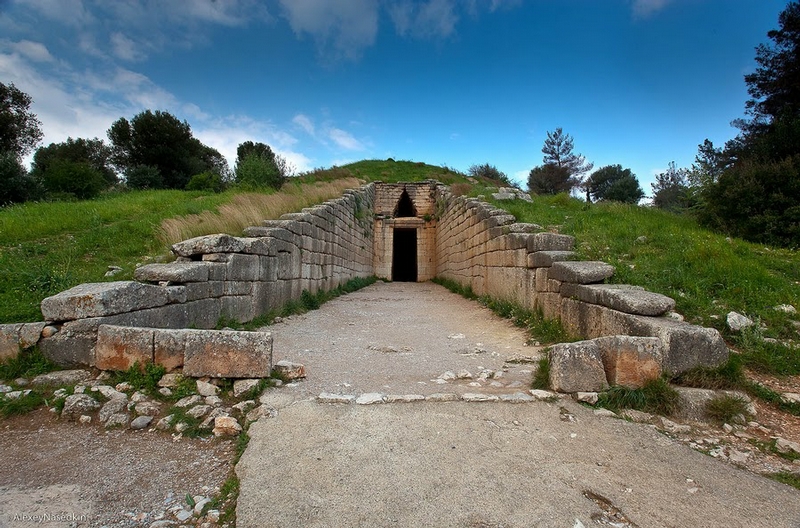Ordinary cemeteries usually cause neither warm feelings nor a desire to visit them. But this Parisian cemetery in no way can be called ordinary. It's a historical place with its own solemnly sad atmosphere which envelops and absorbs you when realizing that the remains of a genius, an idol or a well-known villain lie a meter far from you.
It's such a pleasure to wander among the old monuments and vaults each having a little or a great story of some human life.
But for most of us a cemetery still remains a place of sorrow, sadness and childish horror stories.
Though there are many cemeteries in Paris, you can get a general impression of all of them by visiting just the most popular one - Père Lachaise.
About 2 million tourists visit it annually. And no surprise - many famous figures are buried here, on the hill of Champ-l'Éveque.
This is a remarkable in terms of architecture place, an excellent museum of sculpture of various styles.
Around the cemetery is quite a common urban environment. Right behind the monument to the soldiers of the Franco-Prussian War there are houses with people and air conditioning.
But let's talk about the "celebrities" of the cemetery. Its pioneers and posthumous founding fathers are La Fontaine and Moliere. You may ask, "What for such strange epithets? The point is that the cemetery was organized far from the city center and in order to enhance its prestige the remains of so popular at that moment people were placed here. Actually, nothing special, just another advertising gimmick.
The hidden meaning of kissing the most famous gay tomb in the world may seem quite unclear to someone. Still Oscar Wilde's tomb is an extremely popular place and there are always crowds of people around it. With all this the monument is not exactly the most beautiful in the whole cemetery...
An Egyptian corner. Jean-François Champollion is considered the founder of egyptology. It is easy to understand by the headstone in the form of an obelisk. A scientist, polyglot and great traveler you may guess what a life he had!
The good-natured uncle clutching a rose in his hands for nearly 200 years is Dominique Vivant Denon. As a young man he romped a little (wrote an erotic novel), visited St. Petersburg as an ambassador, went to Egypt with Napoleon (where made a lot of pictures which afterwards defined the following European fashion), was the first director of the Louvre, and in his old age became interested in lithography (here the old man came back to erotica again).
Jim Morrison. Surprisingly, one of the most visited tombs in the cemetery turned out to be very modest.
Not far from Edith Piaf is her husband, who didn't manage to become a singer no matter how hard he tried, and her hairdresser
Far from Edith Piaf's tomb is modest Yves Montand. They have once had a passionate love.
The ashes of Isadora Duncan rest in the columbarium.
Balzac, so brilliantly describing the life of French classes during his life, now demands restoration from these classes.
Underneath this monument is a body without a heart. There are quite a few musical talents in Poland and this man is definitely among them. Great Frédéric François Chopin.
The tomb of a child.
Died on December 31.
A very popular founder of the spiritism, Allan Kardec. This tomb serves a meeting place for his followers.
Positive letters.
Cino del Duca and his wife, Simone.
Jean Carries. Guess his profession? It's easy.
That's right, a sculptor.
Maybe it would sound sacrilegious but it's the hell of a mess here. The territory is huge and all the tombs of famous people are located absolutely chaotically.
The workers of the cemetery.
Kind of a good man with a gun.
And that's where the real sadness is. A garden of memories for those who were forgotten by relatives.
The last look at Père Lachaise. Those ones spent a bright and interesting life, and these ones caroused, fornicated and almost kicked themselves to come here. We can write about them endlessly, a lot of interesting people. Now all of them lie together: friends and rivals, spouses and lovers, memory and oblivion...












